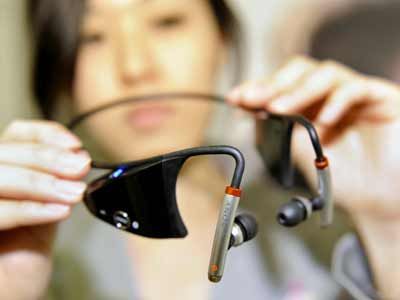
As our world has grown increasingly connected, we've adopted many technologies to help us stay in contact with our friends and family. One of the most popular is Bluetooth technology, which can be found in many of the devices we use every day. The wireless technology connects mice and keyboards to our computers. It connects our phones to our cars to catch up on the latest podcasts during our morning commutes and it connects our smartwatches and activity trackers to our smartphones.
When any two devices need to communicate with each other, they have to agree on a number of points before the conversation can begin. The first point of agreement is physical: Will they talk over wires, or wireless signals? If they use wires, how many are required — one, two, eight or 25? Once the physical attributes are decided, several more questions arise:
Advertisement
- How much data will be sent at a time? For instance, serial ports send data 1 bit at a time, while parallel ports send several bits at once.
- How will they speak to each other? All of the parties in an electronic discussion need to know what the bits mean and whether the message they receive is the same message that was sent. This means developing a set of commands and responses known as a protocol.
With no physical connection required, the Bluetooth Special Interest Group (SIG) create wireless technology standards for hardware manufacturers to use when they create new devices. As technology evolves, wireless communications technology does, too. At the time of this writing, there are two Bluetooth technology standards that developers use to keep you connected. Although similar, there are subtle differences that make them useful for different applications. We'll learn about the two types of Bluetooth technology below.
Advertisement



